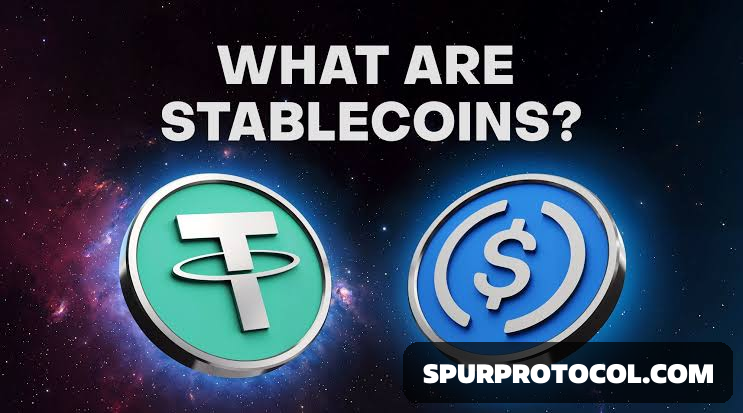What Are Stablecoins, And Why Are They Important In Crypto?
Stablecoins are a type of cryptocurrency designed to maintain a stable value, typically by being pegged to a reserve asset like a fiat currency (e.g., the US dollar) or a commodity (e.g., gold)
Go Back

🕒 8:35 PM
📅 Apr 19, 2025
✍️ By Sunil176
Key Features of Stablecoins:
Pegged Value:
Stablecoins are designed to maintain a fixed price relative to a reference asset.
Reduced Volatility:
Their stable value contrasts with the price fluctuations common in other cryptocurrencies like Bitcoin, making them more predictable.
Potential for Wider Adoption:
Stablecoins are often considered more practical for everyday transactions and payments due to their stability.
Diverse Types:
Stablecoins can be backed by various assets, including fiat currencies, commodities, other cryptocurrencies, or even algorithmic systems.
How They Work:
Fiat-Backed Stablecoins:
These are typically backed by reserves of a fiat currency, like the US dollar, held in a bank or other financial institution. When you purchase a fiat-backed stablecoin, you're essentially exchanging your real currency for a digital equivalent, according to Time.
Commodity-Backed Stablecoins:
Some stablecoins are pegged to the value of a commodity, like gold or silver.
Crypto-Backed Stablecoins:
These are pegged to the value of other cryptocurrencies, potentially offering diversification within the crypto ecosystem.
Algorithmic Stablecoins:
These use complex algorithms to adjust supply and demand, aiming to maintain a stable price without relying on a physical reserve.
Popular Examples:
• Tether (USDT):
One of the most widely used stablecoins, pegged to the US dollar.
• USD Coin (USDC):
Another popular US dollar-pegged stablecoin, often used in decentralized finance (DeFi) applications.
Important Considerations:
Risks:
Stablecoins are not without risk. They can be susceptible to hacks, regulatory issues, and algorithmic failures, which could cause their peg to fail, leading to losses for holders.
Regulation:
The regulatory landscape for stablecoins is still evolving, and there are ongoing discussions about the need for more oversight.
Use Cases:
Stablecoins are used in a variety of applications, including trading, remittances, and decentralized finance.

